| Tritia reticulata (Linnaeus, 1758) |
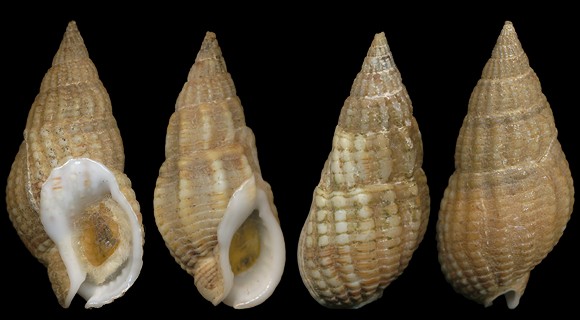 |
S. Norway and western Baltic to Canarias, Azores and Madeira to Alborán Sea. Intertidal to 20m deep, on various sheltered bottoms, but not in mud. Scavenger. Original taxon: Buccinum reticulatum. Many synonyms: anglicum, cancellata, chrysostomum, coronata, minor… limicola…
25m deep, Adra, Almería, Andalucia, S. Spain. 28-29mm. |
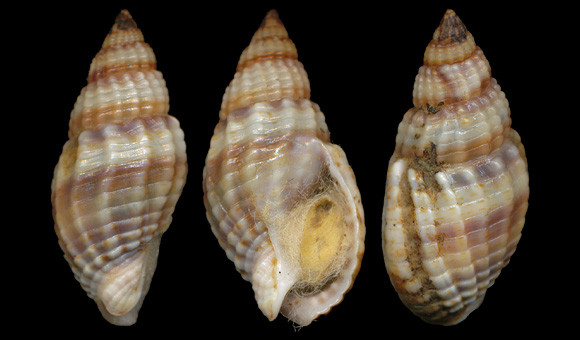 |
« The criss-crossing of longitudinal and spiral ridges gives the whelk its characteristic reticulate pattern » ( MarLIN).
Here, a reticulata-like specimen of, more probably, nitida Jeffreys. Marina di Ravenna, Emilia-Romagna, NE. Italy. 23mm. |
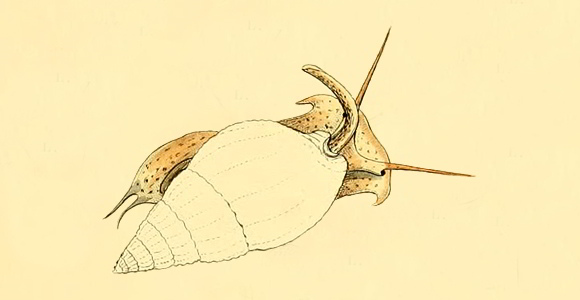 |
| The animal in Forbes & Hanley: A history of British Mollusca and their shells vol. I, London 1853, plate LL. |
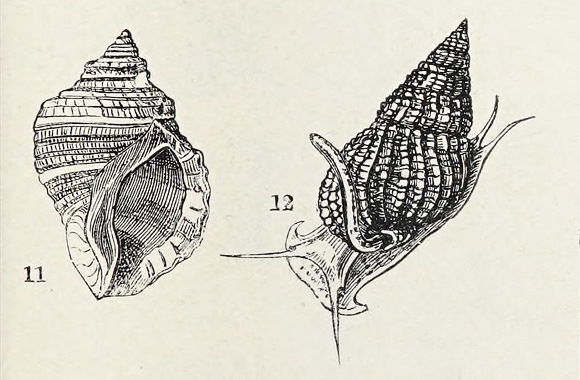 |
| A better drawing is given by J. G. Wood in The common shells of the sea-shore, London 1865, plate IX. |
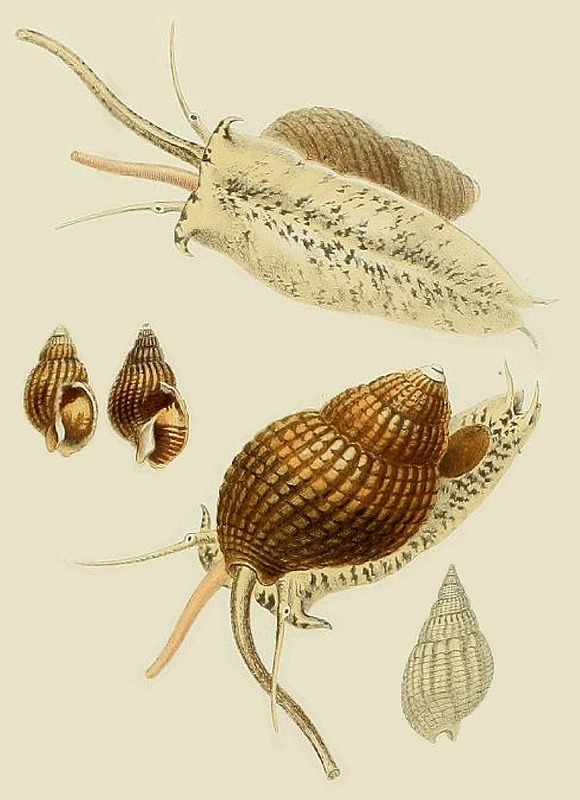 |
| The drawings in Meyer & Möbius: Fauna der Kieler bucht vol. 2, Leipzig 1872, figures 1-13 of Nassa. |
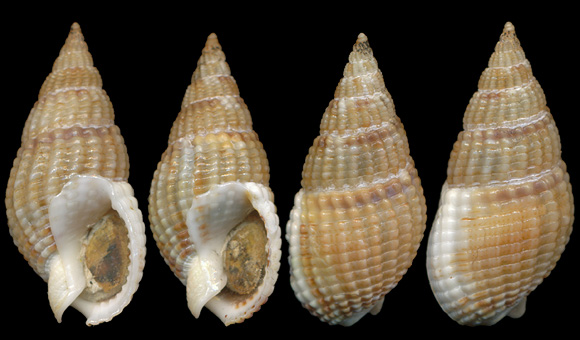 |
A specimen from near Atlantic.
10m deep, Taliarte, Gran Canaria, Canarias. 20-21mm. |
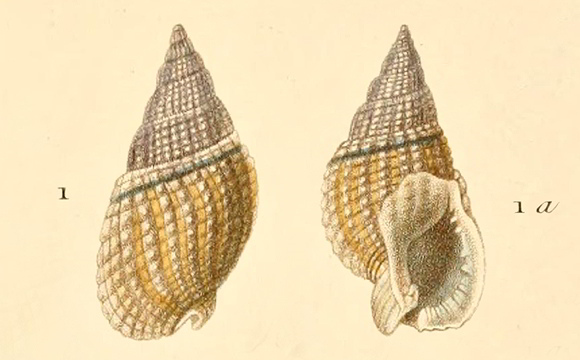 |
The species in H. M. D. de Blainville:
Malacozoaires, Paris 1828, plate 7a.
« At low tide it burrows in the silt, on the surface of which one sees the furrows that are the traces of its activity. » – op. cit. p.175. During its moves, « the long siphon specialized for olfaction is usually well visible » ( DORIS). |
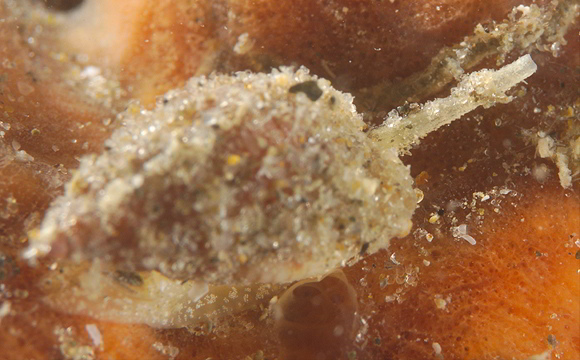 |
The animal moving on some sponges, siphon brandished.
Original pic provided by Ericsfr for Wikimedia Commons.
– (CC BY-SA) – |
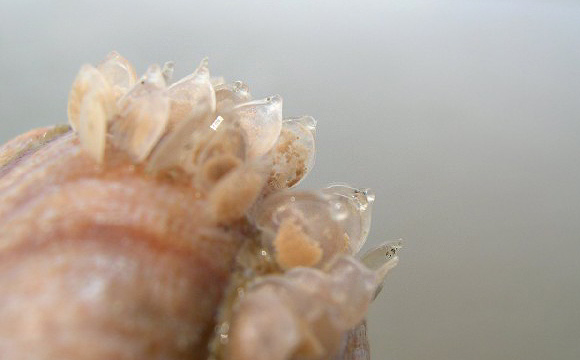 |
Egg-capsules of Tritia reticulata on Crepidula fornicata Lin.
Original picture provided by F. Nuyttens for WoRMS.
– (CC BY-NC-SA) – |
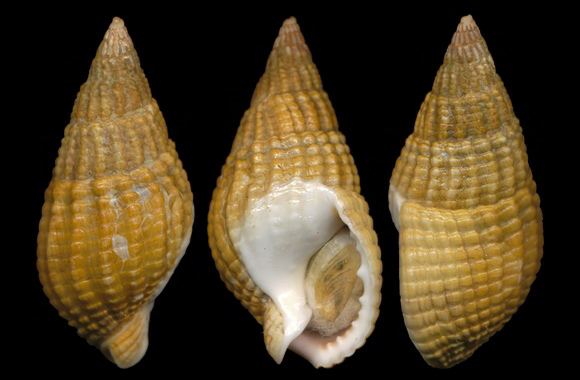 |
| At low tide on muddy sand, plage des Sables Blancs, NE. of Quiberon peninsula, S. Brittany, NW. France. 27mm. |
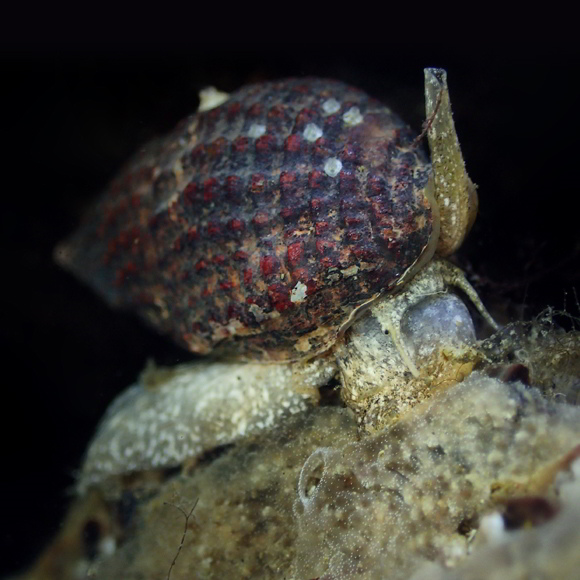 |
| Off Sluis, SW. extremity of the Oosterschelde, Zeeland, SW. Netherlands. Original picture provided by v_s_ for iNaturalist – (CC BY-NC). |










